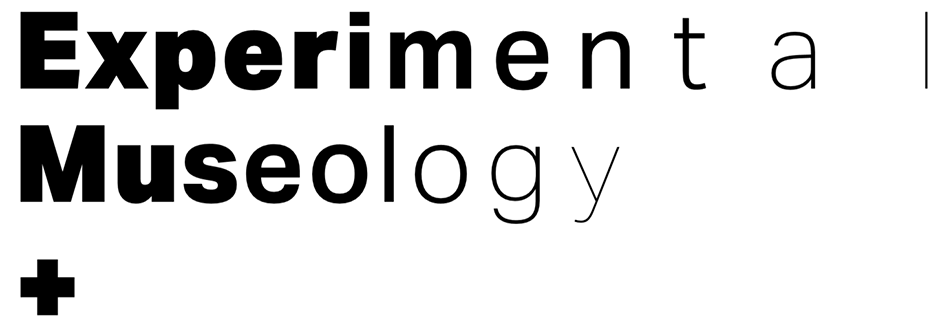Italy | Balogna |
| Website |
|
About The University’s Museum Network – Sistema Museale di Ateneo – includes many collections dating back to the 18th Century closely related to the Istituto delle Scienze: even if the “Camera della Notomia” (Anatomy Room) was there established in 1747 providing teaching material to physicians and anatomists, the institute’s anatomical room was projected by Ercole Lelli (1702-1766) in 1742. Ercole Lelli, “figure director” at the Accademia Clementina di Belle Arti started the anatomical ceroplastic school in Bologna. Starting in 1776, Anna Morandi (1714-1774) and her husband Giovanni Manzolini (1700-1755), wax modelers, made important contributions to the Anatomy Room of the Institute. Their production illustrates the enormous scientific progress that had been achieved in wax modelling and anatomical portrayal that led the study and reproduction of sensory organs and other physiological systems. Anna Morandi depicted herself in a self-portrait, while intently examining a cerebral structure. The work of Luigi Galvani (1737-1798)at the institute, and the experiments he conducted, led him to surmise that the power that caused the contraction of fibers, stimulated through electric fluid, lay in nerves rather than muscles. In 1791 he published the “De viribus” where he proved that animals – and thus humans – have a unique electrical property: the brain is the most important organ secreting “electric fluid”; the nerves are the organs that have the greatest affinity with this unique electricity. Thereafter, Luigi Calori (1807-1896) began his career as Professor of Human Anatomy becoming President of the Academy of Sciences. Thanks to the ceroplastic artist Cesare Bettini (1801-1805), he realized some of the most important models concerning the brain structure as the wax models collection of encephalon and the eye compounds. All the materials connected with this period of intense anatomical studies are still preserved in the Museums and Collections of the Sistema Museale di Ateneo. |
Relevant People:Ercole Lelli | Luigi Galvani |




